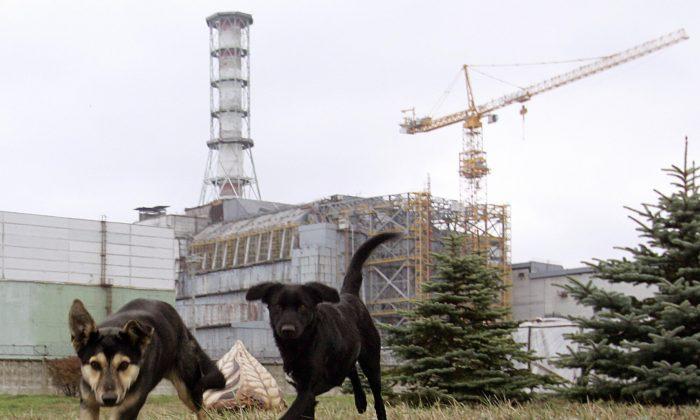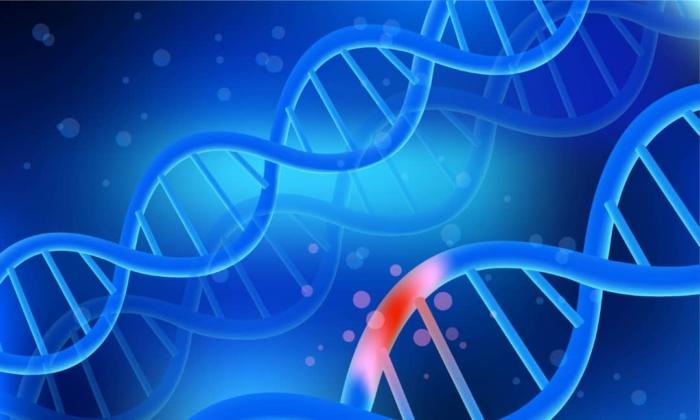There is some evidence to suggest that the dogs living in the Chernobyl Exclusion Zone (CEZ) are undergoing rapid evolution due to the harsh conditions they face.
The area surrounding the Chernobyl nuclear power plant was abandoned by humans after the 1986 nuclear disaster, and now the region is home to many feral dogs.
The dogs living in the exclusion zone are exposed to high levels of radiation, extreme temperatures, and limited access to food and water.
Are The Mutations To Blame?
The co-author of the paper, Elaine Ostrander, who is an expert in dog genomics at the National Human Genome Research Institute, told The New York Times, that the team was looking to see if the canines “have mutations that they’ve acquired that allow them to live and breed successfully in this region?”She also said they were seeking to find out what challenges the dogs face and “how have they coped genetically?”
Indeed, the new study found that the dogs living at the abandoned Chernobyl Exclusion Zone have a distinct genetic difference compared to dogs living elsewhere, including in the nearby Chernobyl City, which is only 10 miles away from the Chernobyl Power Plant.
As scientists hypothesize, this could be a result of a mutation or even evolution that occurred due to their exposure to the radiation in the region.
Scientists also pointed out that the currently roaming dogs in the CEZ are dogs that could well be originating from the pets of the people living previously in the area.
Sceptical Scientists’ Concerns
Nevertheless, some scientists are more sceptical of the new findings about the radiation affecting the DNA of Chernobyl’s dog population, pointing out that inbreeding and other factors would have had an effect too.Jim Smith, who is an environmental scientist from the University of Portsmouth in England and was not part of the study, but has been involved in similar work for decades, said that he has concerns that people might interpret it “that the radiation has something to do with it,” but that “there’s no evidence of that.”
“I can’t emphasize how revolutionary this is. We have been able to do this kind of study for humans and lab animals where budgets are high. We are now at the stage where this technology can be applied to just about any system in any place,” he said.
It’s important to note that while the dogs in the exclusion zone may be undergoing rapid evolution, this does not mean that they are thriving or that their situation is ideal.
Chernobyl Disaster a Catastrophic Accident
The Chernobyl explosion was a catastrophic nuclear accident that occurred on April 26, 1986, at the Chernobyl Nuclear Power Plant in Ukraine, which was then part of the Soviet Union.The explosion was caused by a combination of design flaws and operator error during a safety test of one of the reactors.
The explosion and subsequent fires released large amounts of radioactive particles into the atmosphere, causing widespread contamination of the surrounding area and beyond.
The nearby city of Pripyat was evacuated, and a 30-kilometre exclusion zone was established around the plant to prevent further contamination.
The disaster had a devastating impact on the environment and the health of the local population, with an estimated 4,000 deaths from radiation exposure and long-term health effects such as cancer and other illnesses.
The full extent of the damage caused by the disaster is still being studied and debated, but it is clear that it was one of the worst nuclear accidents in history.
Efforts to clean up the site and contain the radiation have been ongoing since the accident, but the area remains contaminated and is likely to be so for centuries.
The disaster also had far-reaching political and social implications, contributing to the downfall of the Soviet Union and changing the way nuclear power is viewed and regulated around the world.





